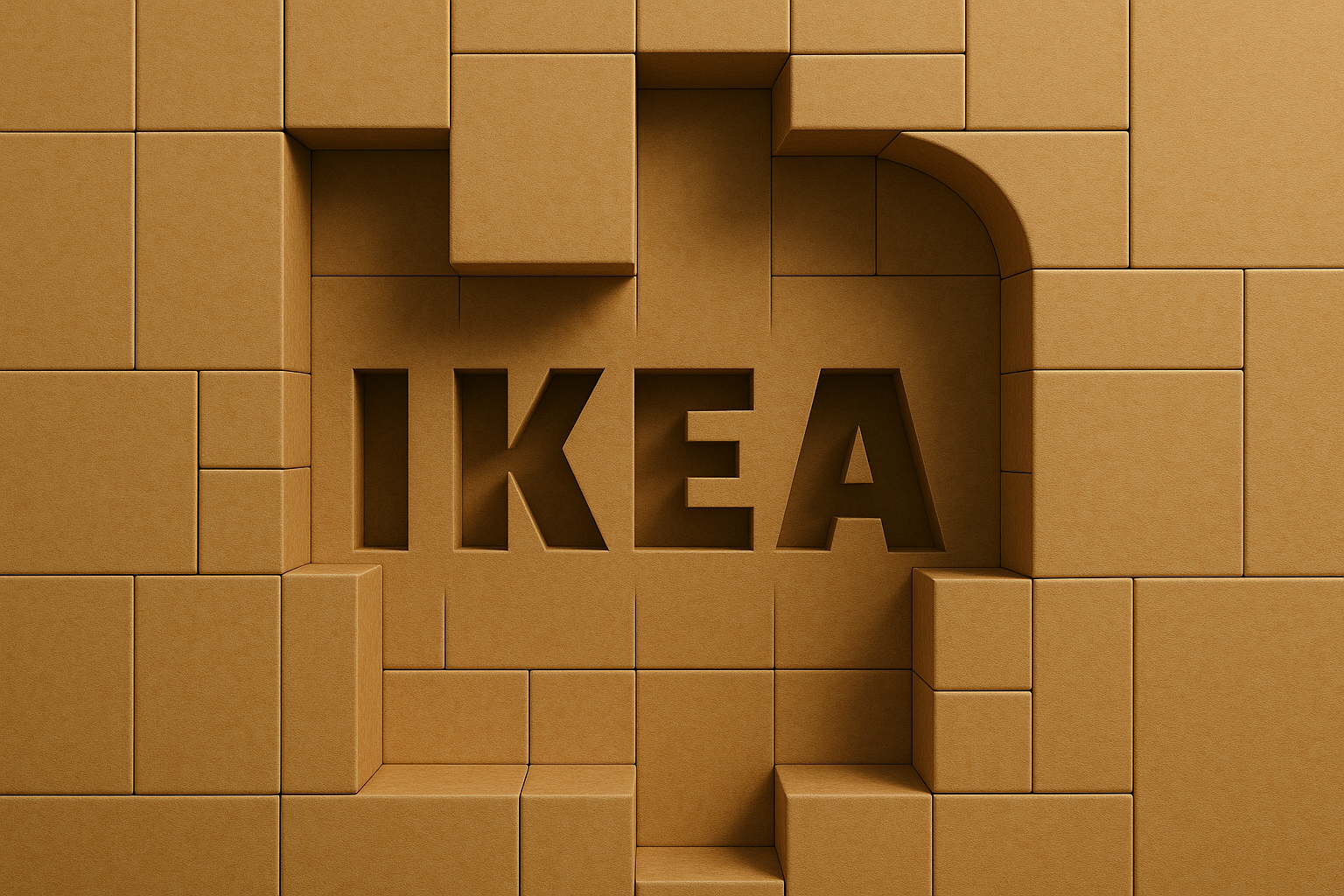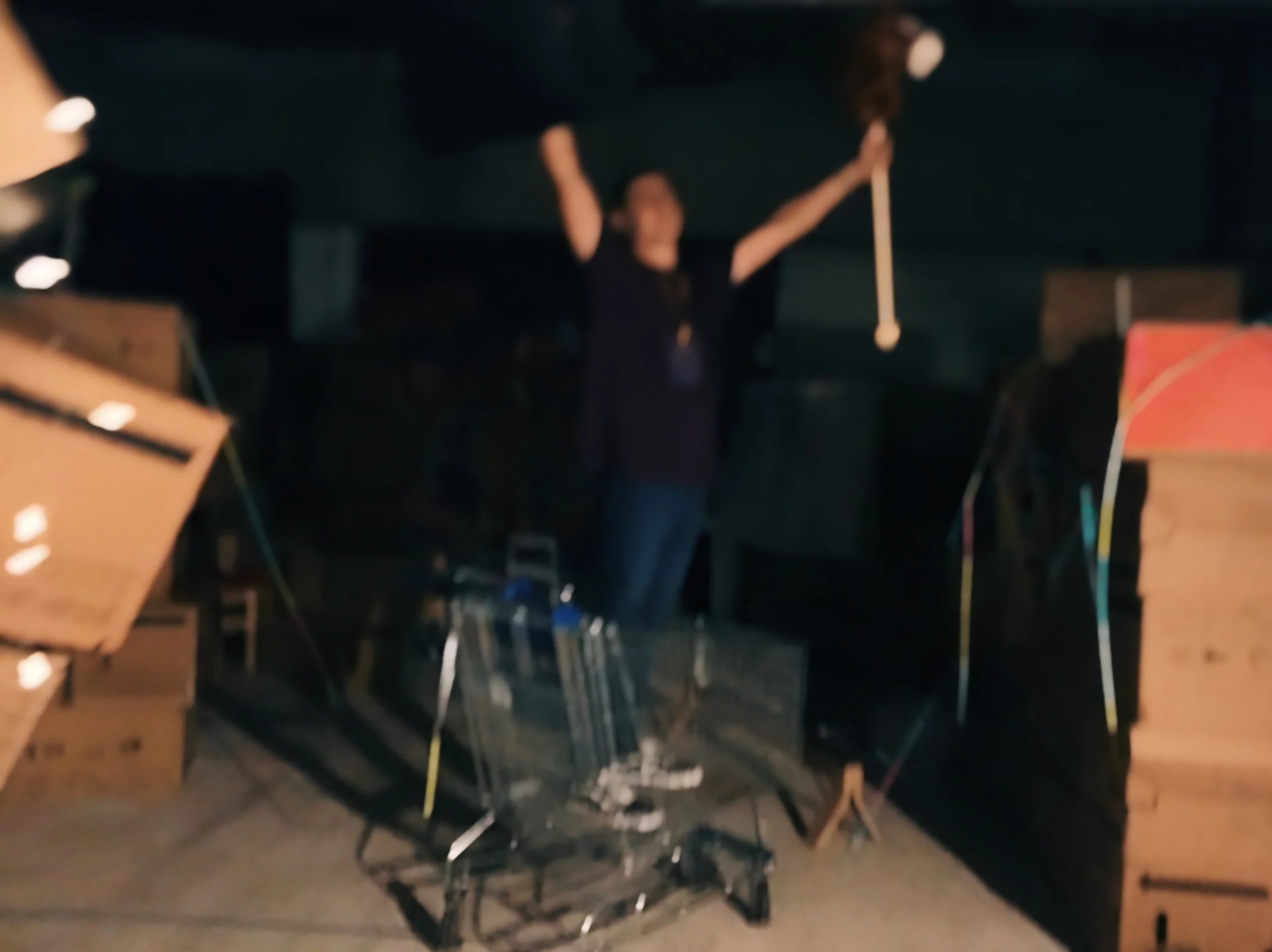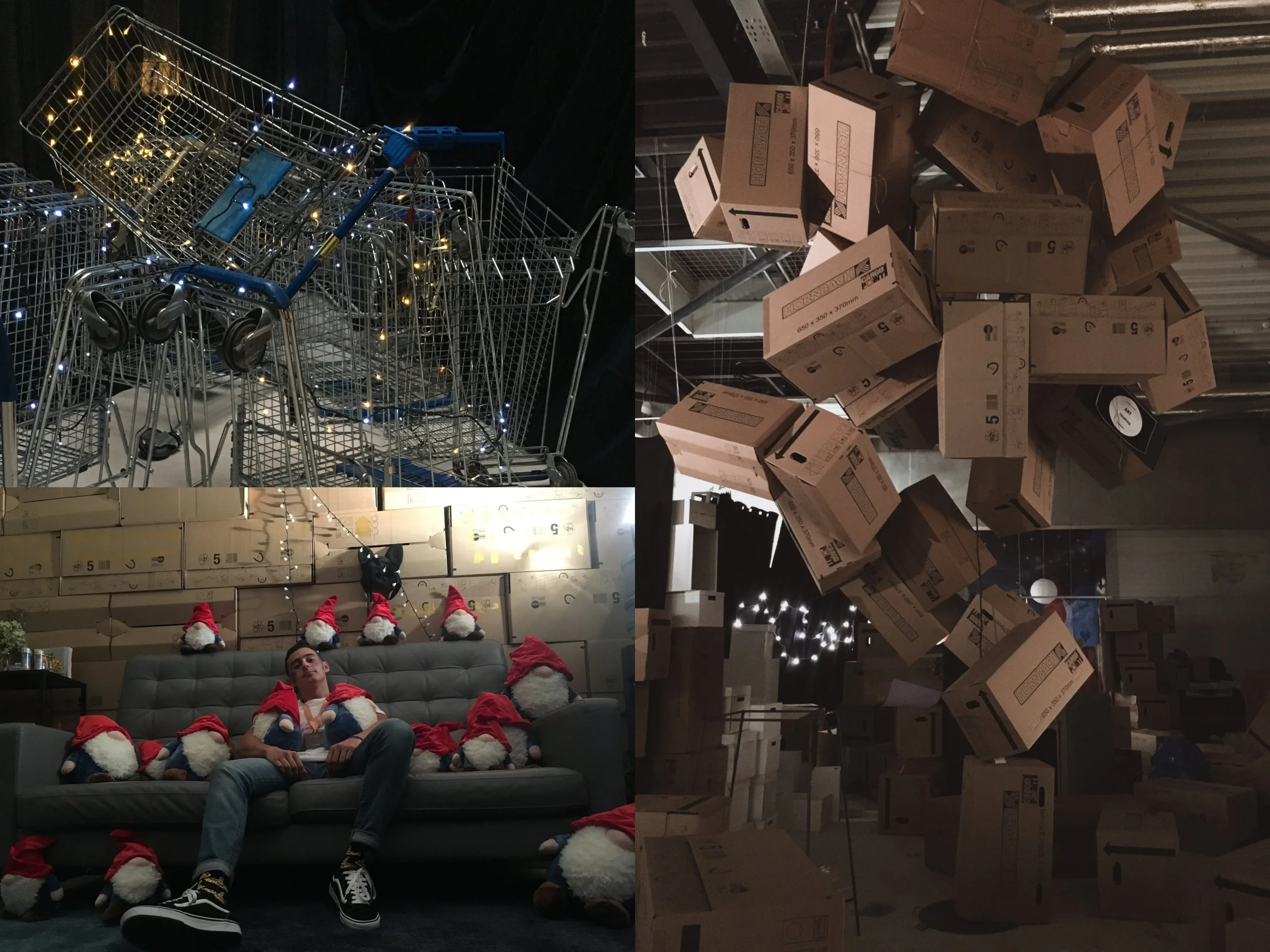Client • IKEA
The Extraordinary Center - From Cardboard to Code
Problem Statement | What if a mall could make you feel something?
In an era where shopping malls were fading into irrelevance, IKEA Centers faced a challenge that was both urgent and existential: people weren’t just spending less, they were caring less. The mall, once a symbol of social energy and cultural magnetism, had become a sterile corridor of transactions.
At Avion Shopping Mall in Bratislava, we didn’t ask how to increase sales. We asked why anyone would come at all.
This wasn’t about redesigning storefronts or optimizing traffic flow. It was about rewriting the emotional contract between people and space. Foot traffic was down. Traditional tenants were losing their edge. And the industry’s response was often more of the same: cleaner layouts, better signage, newer shops.
But we believed the mall could be more than a marketplace. We saw it as a forgotten stage for shared experience, a place to reconnect with curiosity, wonder, and community.
The real problem wasn’t logistical. It was emotional: how might we transform a space built for commerce into one designed for connection?
Phase 1: Discovery | Rethinking the Purpose of Space
We didn’t start with blueprints. We started with feelings. What makes someone linger? What evokes wonder? How do we design for pause, curiosity, joy?
To answer this, we deconstructed the traditional mall flow aisles, anchors, escalators, and replaced it with emotional worlds. Seven zones, each designed to trigger a different response: calm, awe, nostalgia, play. A visitor wouldn’t just pass through them. They’d wander. At their own pace. In their own way. We worked like any great product team at zero-to-one:
We replaced personas with emotional archetypes
We mapped visitor mindsets, not just footpaths
We traded floor plans for feelings
And instead of building fixed walls, we turned to cardboard over 2,000 modular blocks to create a flexible canvas we could reinvent every day.
Phase 2: Build | Prototyping the Physical World, Daily!
The Extraordinary Center was live for just 15 days. But inside those 15 days, we ran dozens of iterations, more than most retail spaces manage in a year.
Each evening, we’d gather as a cross-functional team: designers, performers, architects, product thinkers. We’d watch footage, read interview notes, walk the space to feel what guests felt. And then we’d change it before the sun came up. [In case you are wondering, yes we had a couple of sleepovers in the shopping center. Was it legal? I still wonder to this day…]
Some nights, we moved tunnels to change flow. Other times, we replaced gentle lighting with jungle sounds. One zone smelled like pine needles. Another had soft moss textures underfoot. In every case, the change wasn’t driven by taste. It was driven by behavior.
We prototyped like a digital team only instead of Figma and sprints, we had masking tape, diffusers, and pure human observation. One child’s detour into a hidden crawlspace became a permanent part of the layout. A group of teenagers returning to the same quiet nook to talk inspired a “stillness” zone we hadn’t planned.
Emotion wasn’t a byproduct. It was the KPI.
Phase 3: Scale | From One Pilot to a Global Strategy
The Bratislava prototype was always intended to be short-lived. But the insights we gained weren’t.
Our learnings directly influenced IKEA’s global strategy shift from “centres” to Meeting Places. The idea that a mall could be a social playground, a community space, an emotional outlet not just a shopping corridor. What started as a cardboard experiment reshaped both physical and digital design guidelines at IKEA:
In Stores: We saw new modular layouts replace traditional showroom grids. More spaces to pause. More places for kids to explore. More sensations.
In the App: We brought the same nonlinear thinking into digital. Features like “Inspire Me” replaced static menus. Content blocks encouraged discovery over direction.
We treated the mall as a product. And in doing so, we created feedback loops that stretched far beyond the walls of Avion.
What I Learned as a Product Manager
Physical space is software, if you give it the tools to change.
User behavior is the roadmap, one child’s detour is worth more than ten whiteboard sessions.
Emotion is design’s most honest signal. When someone says, “I forgot I was in a mall,” that’s not a compliment. That’s product market fit.
Iteration isn’t just a method it’s a mindset. And the best experiences digital or physical are never truly finished
Final Thought
Most teams try to design for attention. We designed for presence. Because in an age of distraction, the most radical thing you can do is make people slow down, and feel. And when you build a product that people feel, you don’t need to sell it. They come back on their own.




